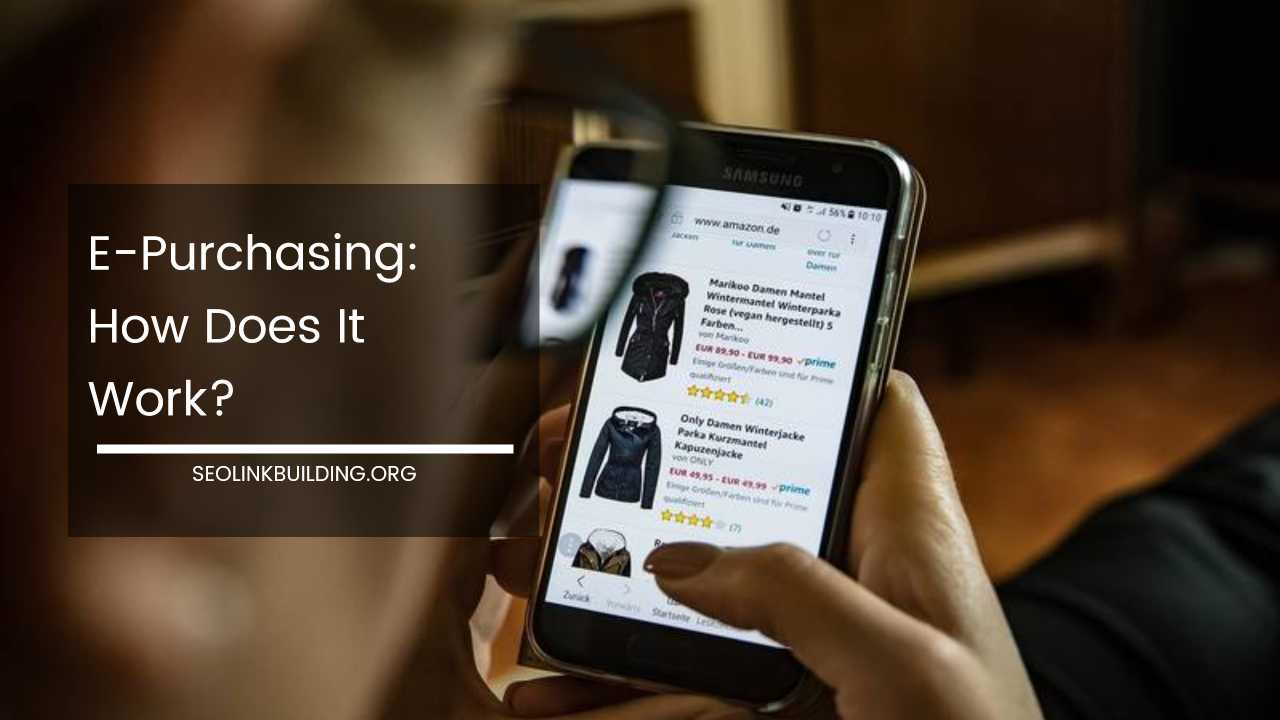Ten Tips for Better Business Blog Traffic

Ten Tips For Better Business Blog Traffic: Attract, Engage, and Convert
In today’s digital age, a robust online presence is no longer a luxury; it’s a necessity. Businesses need to establish themselves as thought leaders and trusted resources within their niche to attract and retain customers. A well-maintained blog is a powerful tool for achieving this goal. However, building a blog with consistent, high-quality traffic can feel like a daunting task.
This blog post explores ten key strategies to turn your business blog into a traffic magnet, ultimately converting those visitors into loyal customers.
1. Content is King (and Queen): A Deep Dive
The age-old adage “content is king” still reigns supreme in the world of blogging. High-quality content that resonates with your target audience is the cornerstone for attracting and retaining readers. But crafting exceptional content goes beyond simply throwing information onto a page. Here’s a detailed breakdown of what it takes to be a content king (or queen):
-
Know Your Niche Like the Back of Your Hand: Before you even put pen to paper (or fingers to keyboard), take the time to understand your industry and the specific challenges your ideal customer faces. Conduct thorough market research to identify their pain points and what kind of content they’re actively searching for online. Tools like Google Trends, social media listening platforms, and competitor analysis can be invaluable in this process.
-
Focus on Value, Not Just Sales: Don’t fall into the trap of using your blog solely as a promotional platform for your products or services. While it’s okay to showcase your expertise, the primary focus should be on providing valuable, actionable information that solves your audience’s problems and establishes you as a thought leader within your niche.
-
Content Variety is the Spice of Life: People have different learning styles and preferences. Don’t get stuck in a rut by churning out only text-based blog posts. Experiment with a variety of content formats to cater to a wider audience and keep things engaging. This could include:
- Informative and In-Depth Blog Posts: These are the cornerstones of your blog, providing detailed explanations of industry topics, how-to guides, and insightful analysis.
- Compelling Infographics: Complex information can be presented in a visually appealing and easily digestible way through infographics.
- Engaging Videos: Video content is king on the internet. Consider creating explainer videos, product demonstrations, or interviews with industry experts.
- Catchy Case Studies: Showcase the success stories of your clients or how your solutions have helped businesses overcome challenges.
- Bite-Sized Listicles: People love easily consumable content. Create listicles that offer quick tips, industry trends, or product comparisons.
2. Embrace SEO Magic: Optimizing for Search Engines
Search Engine Optimization (SEO) is the art and science of getting your content seen by the right people at the right time. By optimizing your blog for search engines, you increase the chances of your content appearing at the top of search results when people type in relevant keywords. Here’s a breakdown of some key SEO strategies:
- Keyword Research: A Targeted Approach Identifying the keywords your target audience uses to find information related to your niche is crucial for SEO success. Tools like Google Keyword Planner can help you discover high-volume, low-competition keywords that offer the best return on investment for your content creation efforts.
- Optimize Titles and Content for Readability and Search Engines: Once you’ve identified your target keywords, weave them naturally into your blog titles, headings (H1, H2, etc.), and throughout the content itself. However, it’s important to prioritize readability. Keyword stuffing (forcefully inserting keywords unnaturally) can have a negative impact on user experience and search engine rankings.
- Meta Magic: Craft Compelling Descriptions Meta descriptions are the snippets that appear below your blog title in search results. These descriptions are like mini-advertisements for your content, so take the time to craft compelling and informative meta descriptions that entice readers to click through.
3. The Art of Crafting Irresistible Titles: A Formula for Success
A captivating title is the first impression your blog post makes. It can make or break whether someone decides to delve deeper into your content. Here’s a formula for crafting irresistible titles that grab attention and encourage clicks:
- Keep it Clear and Concise: People should be able to grasp the essence of your blog post within seconds of reading the title. Aim for titles between 50-60 characters for optimal search result display.
- Highlight Benefits: Focus on the value proposition of your content. How will your blog post solve the reader’s problem or improve their life?
- Use Power Words: Infuse your titles with strong verbs and intriguing adjectives to pique reader interest. Words like “ultimate,” “secret,” “shocking,” or numbers (especially odd numbers) can stand out and entice clicks.
- Numbers and Lists Work Wonders: People are drawn to numbered lists and statistics in titles. Consider incorporating them strategically to structure your content and highlight key takeaways.
- Intrigue and Curiosity are Powerful Tools: Titles that pose questions or spark curiosity can be highly effective.
Example: Instead of a bland title like “The Importance of Social Media Marketing,” consider options like:
- 5 Social Media Marketing Hacks to Explode Your Follower Count
- Is Your Social Media Strategy Failing? Here’s the Secret to Success
- The Ultimate Guide to Social Media Marketing for Beginners
4. Become a Social Butterfly: The Power of Social Media Promotion
Social media platforms are a fantastic way to promote your blog content and connect with a wider audience. However, simply sharing the same generic message across every platform won’t suffice. Here’s how to leverage social media effectively:
- Tailor Your Content and Tone: Each social media platform has its own unique audience and culture. Tailor your content and tone accordingly. For instance, posts on LinkedIn might be more formal and professional, while content shared on Twitter can be more casual and conversational.
- Visual Appeal Matters: People are drawn to visually appealing content on social media. Use high-quality images, infographics, or short video snippets to grab attention in their feeds.
- Engage and Respond: Social media is a two-way street. Don’t just broadcast your content and disappear. Foster conversations by responding to comments, messages, and questions on your social media posts. This builds relationships with your audience and encourages them to return for more.
- Utilize Social Media Features: Many social media platforms offer built-in features specifically designed to promote content. Take advantage of these features, such as Twitter threads, Facebook Stories, or Instagram Reels, to share engaging snippets of your blog posts and entice viewers to visit your website for the full article.
5. Guest Blogging Bonanza: Expanding Your Reach
Guest blogging is a strategic approach where you contribute content to another established blog within your niche. This allows you to share your expertise with a new audience and drive traffic back to your website. Here’s how to make the most of guest blogging:
- Find Relevant Blogs with Engaged Audiences: The key to successful guest blogging is partnering with blogs that cater to your target audience and have a good reputation within your industry. Research potential blogs by looking at their content, traffic stats, and social media engagement.
- Create High-Quality Content that Aligns with the Host Blog’s Style: Don’t just repurpose old blog posts for guest blogging. Tailor your content to fit the host blog’s audience and style. Ensure your guest post offers valuable insights and aligns with the overall tone of the blog.
- Include a Bio and Call to Action: In your guest blog bio, include a compelling introduction of yourself and your expertise. Most importantly, incorporate a clear call to action (CTA) that encourages readers to visit your website and explore your blog. This could be a link to your homepage, a specific blog post, or a downloadable resource you offer.
6. Email Marketing Magic: Building Relationships and Promoting Content
Email marketing remains a powerful tool for nurturing leads, building relationships with your audience, and promoting your blog content. Here’s how to leverage email marketing effectively:
- Build an Email List with Valuable Incentives: The foundation of successful email marketing is a targeted email list. Offer valuable incentives like downloadable ebooks, white papers, or exclusive discounts to encourage people to subscribe.
- Segment Your List for Personalized Communication: Not all subscribers are created equal. Categorize your email list based on demographics, interests, and past engagement to deliver more personalized content that resonates with each segment. This can significantly improve open rates and click-through rates.
- Promote Your Blog in Targeted Newsletters: Don’t just bombard your subscribers with promotional emails. Create informative and engaging newsletters that showcase your expertise and subtly promote your latest blog posts. Include compelling headlines and snippets to entice readers to click through to your website for the full article.
7. Internal Linking Love: Improving User Experience and SEO
Internal linking refers to the practice of linking to other relevant content within your website from your blog posts. This serves two important purposes:
- Improves User Experience: Internal linking helps users navigate your website seamlessly and discover related content that might interest them. This keeps them engaged and exploring your website for longer.
- Boosts SEO: Search engines consider internal linking structures when evaluating the relevance and authority of your website. By strategically linking to high-quality content on your website, you distribute “link juice” (SEO value) throughout your pages, potentially improving the overall ranking of your website in search results.
Here are some tips for effective internal linking:
- Link to Relevant Content: Don’t just stuff your blog posts with random links to other pages on your website. Ensure the linked content is genuinely relevant to the topic at hand and provides additional value to the reader.
- Use Anchor Text Strategically: The text you use for the link (anchor text) should be descriptive and relevant to the linked content. Avoid generic anchor text like “click here” or “learn more.” Instead, use keywords or phrases that accurately represent the content the link leads to.
- Link Deeply: Don’t just link to your homepage or main category pages. Strive to link to relevant blog posts or pages that delve deeper into specific topics. This helps distribute link juice more evenly and encourages users to explore various sections of your website.
8. Leverage Visual Content: The Power of Images, Infographics, and Videos
People are naturally drawn to visuals. By incorporating images, infographics, and videos into your blog posts, you can significantly enhance user experience, improve comprehension, and boost engagement. Here’s a breakdown of the benefits of different visual content formats:
-
High-Quality Images:
- Break up large blocks of text and make your content more visually appealing.
- Enhance understanding by illustrating complex concepts or procedures.
- Add personality and brand identity to your blog posts.
-
Infographics for the Win:
- Present complex data or statistics in a visually compelling and easily digestible way.
- Perfect for summarizing key takeaways or presenting step-by-step processes.
- Highly shareable on social media platforms.
-
Engaging Videos:
- Capture attention quickly and keep readers hooked on your content.
- Explain complex topics in a clear and concise way through demonstrations or explainer videos.
- Build trust and connect with your audience on a more personal level.
9. Commenting on Other Blogs: Building Relationships and Authority
Engaging in thoughtful discussions on other relevant blogs within your niche can be a valuable strategy to increase brand awareness and drive traffic back to your website. Here are some key points to remember:
- Choose Relevant Blogs: Focus on commenting on blogs that cater to your target audience and address topics related to your expertise.
- Provide Valuable Insights: Don’t just leave generic comments like “great post!” Offer insightful replies that contribute to the conversation and showcase your knowledge.
- Include a Link (Strategically): While the primary focus should be on providing valuable commentary, you can strategically include a link back to your website in your comment, especially if your content directly relates to the topic at hand. However, avoid blatant self-promotion and prioritize adding value to the conversation.
10. Analyze and Adapt: The Importance of Tracking Your Results
Once you’ve implemented these strategies, don’t just sit back and hope for the best. Regularly analyze your blog’s performance using website analytics tools like Google Analytics. This will help you understand what’s working, what’s not, and where to focus your efforts for improvement. Here’s what you should track:
- Traffic Sources: Identify where your website traffic is coming from (organic search, social media, referrals, etc.). This helps you understand which channels are most effective in driving traffic to your blog.
- Content Performance: Analyze which blog posts resonate most with your audience based on metrics like page views, engagement (comments, shares), and bounce rate (percentage of visitors who leave after viewing a single page).
- Keyword Rankings: Track how your blog posts rank for targeted keywords in search results. This helps you gauge the effectiveness of your SEO efforts and identify areas for improvement.
By regularly monitoring these analytics and adapting your strategies based on the data, you can continuously refine your approach and optimize your blog for long-term success.
In conclusion, building a successful business blog with consistent traffic requires a multi-faceted approach. By focusing on high-quality content, strategic SEO optimization, social media promotion, and audience engagement, you can attract new visitors, convert them into loyal readers, and ultimately achieve your business goals.
Remember, consistency is key. Regularly publishing valuable content, implementing these strategies, and analyzing your results will pave the way for a thriving business blog that drives traffic, fosters brand loyalty, and fuels your business growth.













